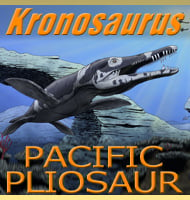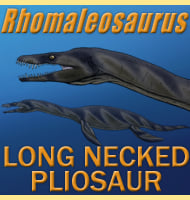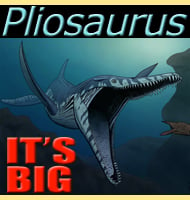Kronosaurus
In Depth Kronosaurus is one of the more famous fossil discoveries to come from Australia, and as a huge short-necked pliosaur, Kronosaurus would have been an apex predator of the waters it swam in. The teeth of Kronosaurus are conical and up to thirty centimetres long, although most of that was root with up to … Read more


